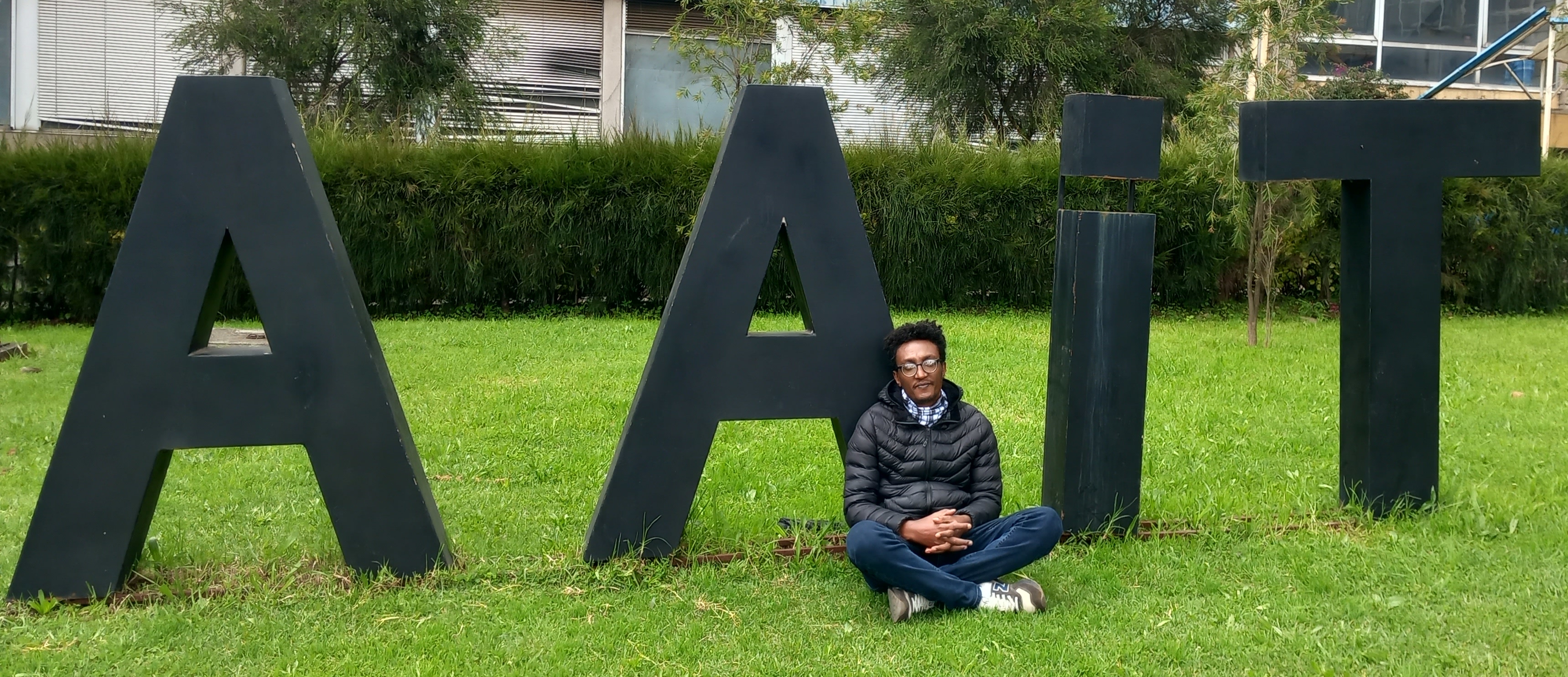
We witnessed the "Millennium Computer Bug" that hit the world, and waited until it was our Millennium 7 years, 8 months, and 11 days later only to realize that we are unable to correctly represent it using the Ge’ez numerals, to even celebrate it! To make the matter even more complicated, we just represented it with a Ge’ez numeral and a Ge’ez word, ፪ሺህ, and posted it in bold for the public to learn from it!!! Bemnet Meresa Hailu in “Positional Number System Representation Using Ge’ez Numeric Symbols”
Honorables,
I am Bemnet Meresa Hailu.
Before Ge’ez descended languages can fully engage in the ICT world, corrective measures on two things—I believe, should be taken first.
- Ge’ez soft keyboard layout should adhere to the Ge’ez scipting nature in grouping the consonant characters and altering them to their phonetic equivalent for a compact keys alignment, high key-recalls, and thus - efficient in typing.
- The Ge’ez number system should adhere to the standard positional number system, by introducing and adopting the number and digit zero (0) to its existing arithmetic numerals, for digital information extraction.
This work, therefore, presents the two corrective measures that would benefit Ge’ez descended languages in engaging the fast-pacing ICT world.
A new, compact and efficient soft Ge’ez virtual and PC keyboard layout on the standard QWERTY keyboard that includes all the Ge’ez characters listed in the UNICODE 14.0, enables each character to be typed with a maximum of three key-strokes and adheres to the Ge’ez scipting nature is presented in this work, along with a typing practice module and the research document used as the basis for the development of this layout. Features like font family (for some selected Ge’ez/Ethiopic fonts) and size, printing and file exporting are also included to make your experience more interesting.
In addition, the Arithmetic Ge’ez numerals along with the adopted digit and number zero (0) are presented in the standard base-10 positional number system, in this work. This is shown in the “date-time” displayed on the right-side of the menu and the “font-size” in the writing-pad. The research document used as the basis for this is also presented.
This work is delivered in three languages: Tigrigna, Amharic and English, and in two display modes: light and dark.
Hoping you would contribute your fair share in such, I am inviting you to enjoy!
I Thank You.
